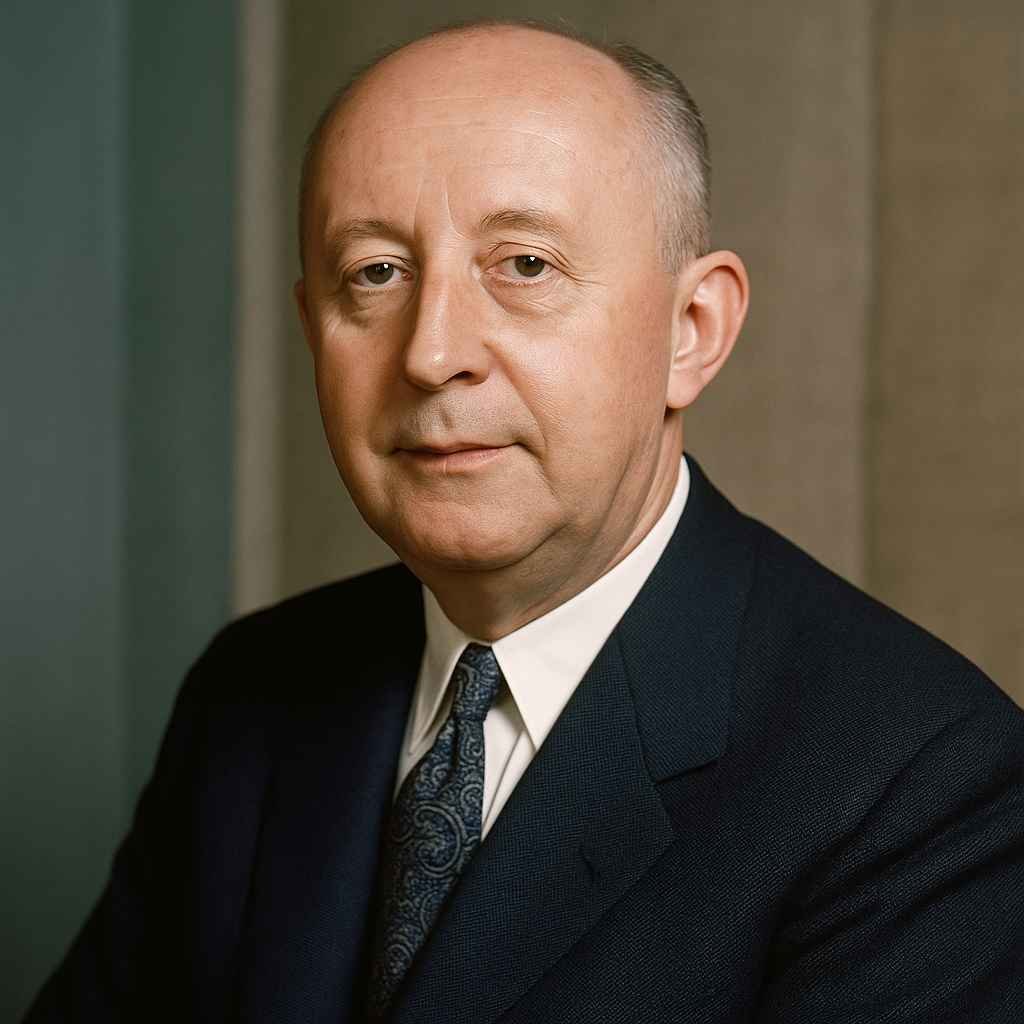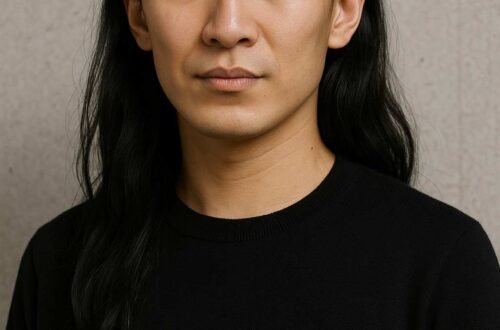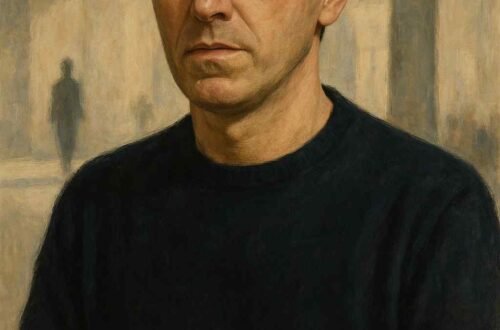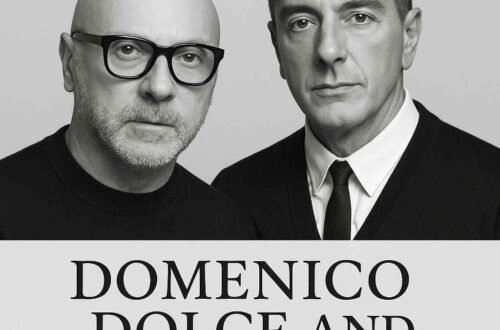Christian Dior is one of the most famous names in fashion. He is remembered as the man who brought back beauty and glamour to Paris after World War II. His “New Look” in 1947 changed how women dressed and gave new life to French fashion. Even though Dior lived only 52 years, his influence is still strong today. The House of Dior, now part of the LVMH luxury group, is one of the top fashion brands in the world.
Early Life
-
Born: January 21, 1905, in Granville, Normandy, France
-
Family: Second of five children, father owned a fertilizer business
-
Passions: Loved art, design, and drawing from a young age
-
Education: Studied political science in Paris for a short time
-
First career: Ran an art gallery showing works by artists like Picasso and Dalí
This early love for art helped Dior later as a fashion designer, since he always focused on shape, beauty, and detail.
Starting in Fashion
-
1930s: Lost his gallery during the Great Depression and started working as a fashion sketch artist.
-
Sold his designs to fashion houses and magazines.
-
Worked with Robert Piguet – learned to design elegant, feminine clothes.
-
Later worked with Lucien Lelong, alongside Pierre Balmain, during the war.
These jobs gave him strong training and connections, preparing him to start his own fashion house.
Founding the House of Dior (1946)
In 1946, Christian Dior opened his own fashion house in Paris. He got financial help from Marcel Boussac, a textile businessman.
Key facts about the founding:
-
Year: 1946
-
Place: 30 Avenue Montaigne, Paris
-
Supporter: Marcel Boussac
-
Goal: Bring Paris fashion back to life after the war
Read also: Coco Chanel
The “New Look” of 1947
Style features:
-
Rounded shoulders
-
Small, tight waist
-
Long, full skirts using lots of fabric
Why it mattered:
-
Opposite of wartime fashion, which was simple and short on fabric
-
Celebrated beauty and luxury
-
Became popular worldwide and made Paris the top fashion city again
Table: Wartime Fashion vs. Dior’s New Look
| Feature | Wartime Fashion | Dior’s New Look |
|---|---|---|
| Shape | Boxy, plain | Feminine, curved |
| Fabric | Limited, rationed | Rich, flowing |
| Skirt length | Short, practical | Longer, mid-calf |
| Meaning | Survival, utility | Glamour, renewal |
Dior’s Growth and Expansion
Dior quickly grew his brand beyond just couture.
Expansion highlights:
-
Perfume: Launched Miss Dior in 1947
-
Licensing: Put his name on stockings, ties, hats – first to use this idea widely
-
Ready-to-wear: Reached more women outside Paris
-
Worldwide: Opened stores in the U.S. and other countries
Table: Dior’s Growth Timeline
| Year | Event |
|---|---|
| 1946 | House of Dior founded |
| 1947 | “New Look” shown + Miss Dior perfume |
| 1948 | Dior New York store opened |
| 1950s | Grew into perfumes, accessories, ready-to-wear |
Later Years and Death
-
His designs were loved by princesses, movie stars, and socialites.
-
Famous clients included Princess Margaret, Marlene Dietrich, and Ava Gardner.
-
Dior became a symbol of French elegance.
-
Died in 1957 at age 52 while on holiday in Italy.
By then, Dior’s company had over 1,500 employees and made nearly half of France’s couture exports.
What Happened After Dior
After Dior’s death, many designers carried on his work.
List of Dior’s Designers Over Time:
-
Yves Saint Laurent (1957–1960): Young, modern styles
-
Marc Bohan (1960–1989): Longest period, classic and safe designs
-
Gianfranco Ferré (1989–1996): Strong, architectural looks
-
John Galliano (1996–2011): Bold, dramatic fashion
-
Raf Simons (2012–2015): Minimal and modern
-
Maria Grazia Chiuri (2016–present): First female director, focuses on women’s rights and inclusivity
-
Kim Jones (2018–present, menswear): Mixes street style with couture
Dior’s Legacy
Dior’s main achievements:
-
Brought back Paris as the world’s fashion capital
-
Changed women’s fashion with the New Look
-
Expanded fashion into perfumes, accessories, and lifestyle branding
-
Created the model for today’s global luxury houses
Dior today:
-
Part of the LVMH luxury group
-
Product range: Haute couture, ready-to-wear, menswear, handbags, jewelry, watches, perfumes, makeup
-
Stores: In every major fashion capital around the world
Table: Dior in Dior’s Time vs. Dior Today
| Feature | Dior’s Time (1947–1957) | Dior Today |
|---|---|---|
| Products | Couture, perfumes | Couture, menswear, beauty, jewelry, leather goods |
| Reach | Mainly Europe, U.S. | Global luxury brand |
| Designers | Dior alone | Multiple directors (Chiuri, Jones, etc.) |
| Ownership | Marcel Boussac backing | LVMH group |
FAQS
Was Christian Dior LGBTQ?
Yes, Christian Dior was gay. He lived in a time when homosexuality was less openly discussed, so he kept his private life discreet.
Who currently owns Christian Dior?
Christian Dior is owned by LVMH (Moët Hennessy Louis Vuitton), the largest luxury goods group in the world.
Who was Christian Dior’s lover?
Dior’s most known partner was Jacques Benita, a North African singer. However, Dior kept his relationships private.
Who took over Dior after Christian died?
After Dior’s death in 1957, his 21-year-old assistant Yves Saint Laurent became head designer of the House of Dior.
Who is Christian Dior?
Christian Dior (1905–1957) was a French fashion designer who founded the House of Dior in 1946. He is most famous for creating the “New Look” in 1947, which transformed women’s fashion.
How much is a Christian Dior bag?
Prices vary, but classic Dior handbags like the Lady Dior usually start at around $3,000 USD and can go up to tens of thousands depending on size, material, and exclusivity.
Where is Christian Dior made?
Dior products are mainly made in France and Italy, with some accessories also crafted in Spain and Portugal.
Who owns Christian Dior?
The Arnault family controls Christian Dior through LVMH, with Bernard Arnault serving as chairman and CEO of LVMH.
Is Christian Dior cruelty free?
No, Dior is not cruelty free. The brand sells in countries where animal testing is required by law, so it cannot be considered cruelty free.
Conclusion
Christian Dior may have lived only a short life, but his influence is lasting. He went from a boy in Normandy who loved art to a designer who changed the fashion world. His “New Look” gave women a new sense of beauty and elegance after years of hardship.
Today, Dior’s house continues his dream. Every dress, perfume, or bag still carries his vision of style: to make women more beautiful, more confident, and more radiant.





